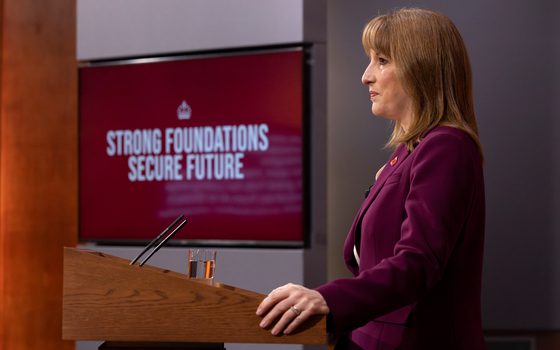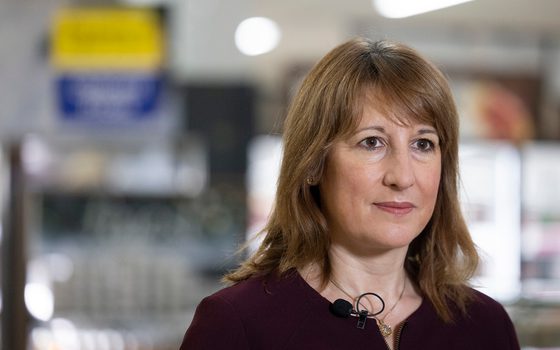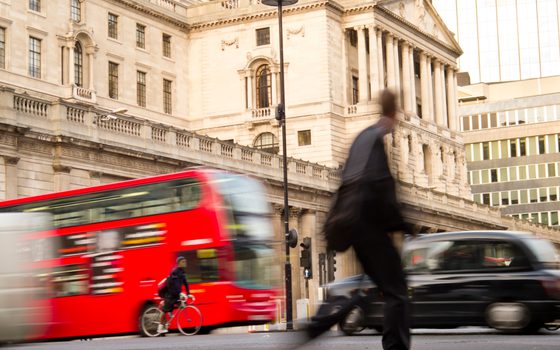Rebuilding the tax base on the road to recovery
Longer-term plans for economic recovery must include repairing the tax base.
10 May 2020
The economic slowdown, brought about by the necessary lockdown to protect our health and slow the spread of coronavirus, will of course have knock-on effects for the public finances. The loss in income, profit and consumption across industries is estimated by the OBR to translate into a £130 billion reduction in tax take, roughly equal to 15% of what government was expected to receive in tax over 12 months.
Our new analysis reveals that tax losses are likely to vary considerably by sector. Over the medium term, the responsible action from the Government is to work closely with the Bank of England so it can continue to borrow at record low rates. But in the longer term, it will be important to repair the tax base strategically. This will include higher tax rates on concentration of wealth and income among families and companies, as well as through an investment-led recovery in public services and new zero-carbon infrastructure.
The four largest sources for government taxation are firstly income taxes and NICs – which together amounted to around two fifths (41%) of all expected receipts – followed by VAT, and then corporation tax. Together these four taxes account for roughly two thirds (64%) of the total tax base. Correspondingly, these taxes also account for the largest loss of taxation in a crisis — three quarters (75%) of the possible tax loss so far this year.
Using data from HMRC and the OBR, our new analysis has shown how the lost tax receipts are likely to be spread across sectors. The chart below shows there is a considerable degree of variance. Two sectors in particular – wholesale, retail and motor trades, and manufacturing – account for nearly half (49%) of all losses — which maps onto those industries that have been affected most by the government’s economic lockdown. Conversely, the health and social care sector is in fact generating an additional £8 billion for the public finances on top of what would have otherwise been expected, largely due to an expansion in the workforce to deal with pandemic which in turn has generated additional income tax receipts.
Figure 1: Shutdown sectors account for the majority of tax losses
Change in annual tax receipts in the OBR’s illustrative covid-recession scenario from income tax and NICs, VAT and corporation tax, compared to the OBR’s Budget March 2020 baseline, £ billion, 2020/21

Source: NEF calculations using OBR estimates for the relative contraction in GVA by industry for Q2 2020 and the overall loss in tax for the year 2020/21, adjusted using the most recent government estimates for the share of tax received by sector for income tax and NICS, VAT and corporation tax respectively.
But we must be very careful to draw the right conclusions from this analysis. First, it would be a mistake to start to reopen the hardest hit sectors out of concern for the public finances. As others have argued, it is a false dichotomy for government to pitch health against the economy — if the lockdown is lifted, workers in the position to do so may not return to jobs that they still believe to be unsafe. And those that are forced to return out of financial necessity may get seriously unwell and become unable to work.
Second, the government should not be raising taxes during a crisis. More than anything, the economy needs money in people’s pockets — especially the very poorest, who most need the cash and are most likely to spend it. Instead, now is the responsible time to borrow. Despite the UK’s deficit forecast to rise by more than £200 billion per year, the cost of financing overall debt is expected to fall to the lowest levels on record. This is partly because investors have few other safe places to put their cash, partly because central banks can always buy government debt if needed, and partly because subdued economic activity means there is little risk of sustained inflation over the near-term.
What is clear however, is that as the government starts thinking about how best to plan for people to return to work safely, it also needs to start planning for the economic recovery. And here the government has a clear choice. To stimulate demand, there are several options in the Treasury’s toolkit.
One option is to actually cut taxes temporarily, but the problem with this is that it sets the economy on the wrong trajectory for the future. After a decade of austerity, and with a growing and aging population, taxes will need to go up, not down, in the long term, if we are to even maintain public services at their current level of quality and access. Key areas for future tax rises should be income received from wealth — such as through corporation tax, dividend income tax and inheritance — and higher rates of tax for those companies and individuals with the highest incomes.
A far better way to boost demand now would be direct investment by government. This could come in the form of boosting public services by increasing both pay and the number of jobs for key workers, as well as by investing in much needed green and social infrastructure — such as home insulation and electrified transport — and social housing.
Whatever government chooses, further austerity cannot be on the cards. It is likely to prove both a political and economic impossibility. The huge and costly mistakes from the last decade must not be repeated.
Campaigns Coronavirus response Share the wealth
Topics Macroeconomics






